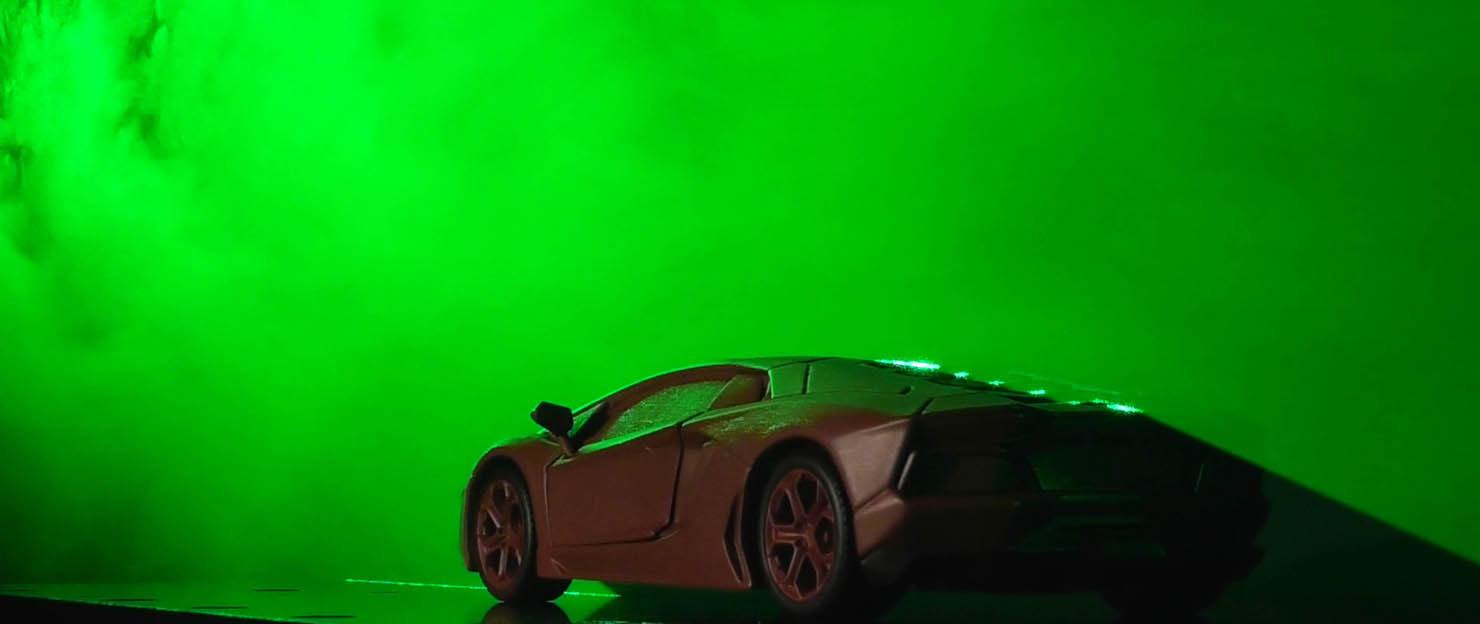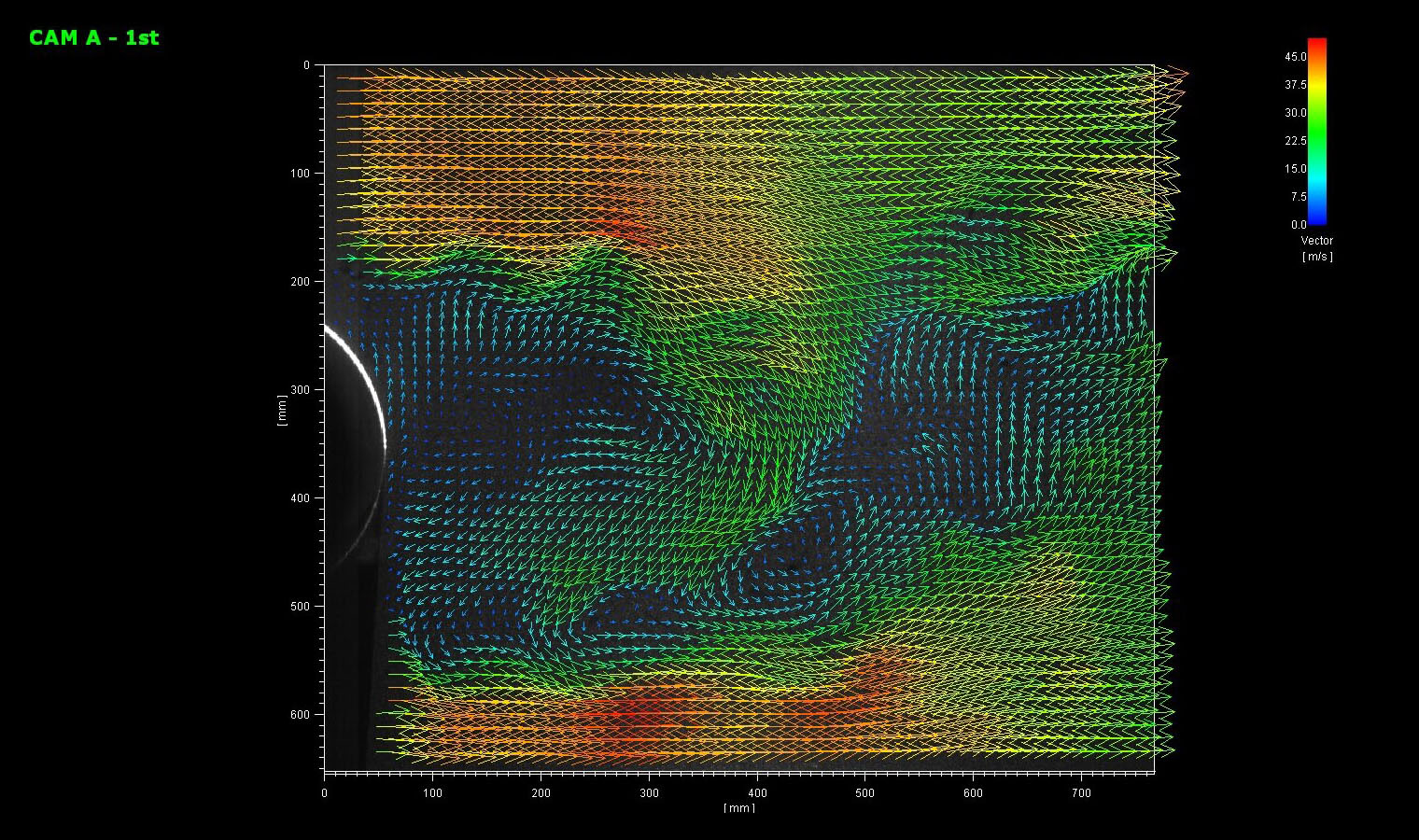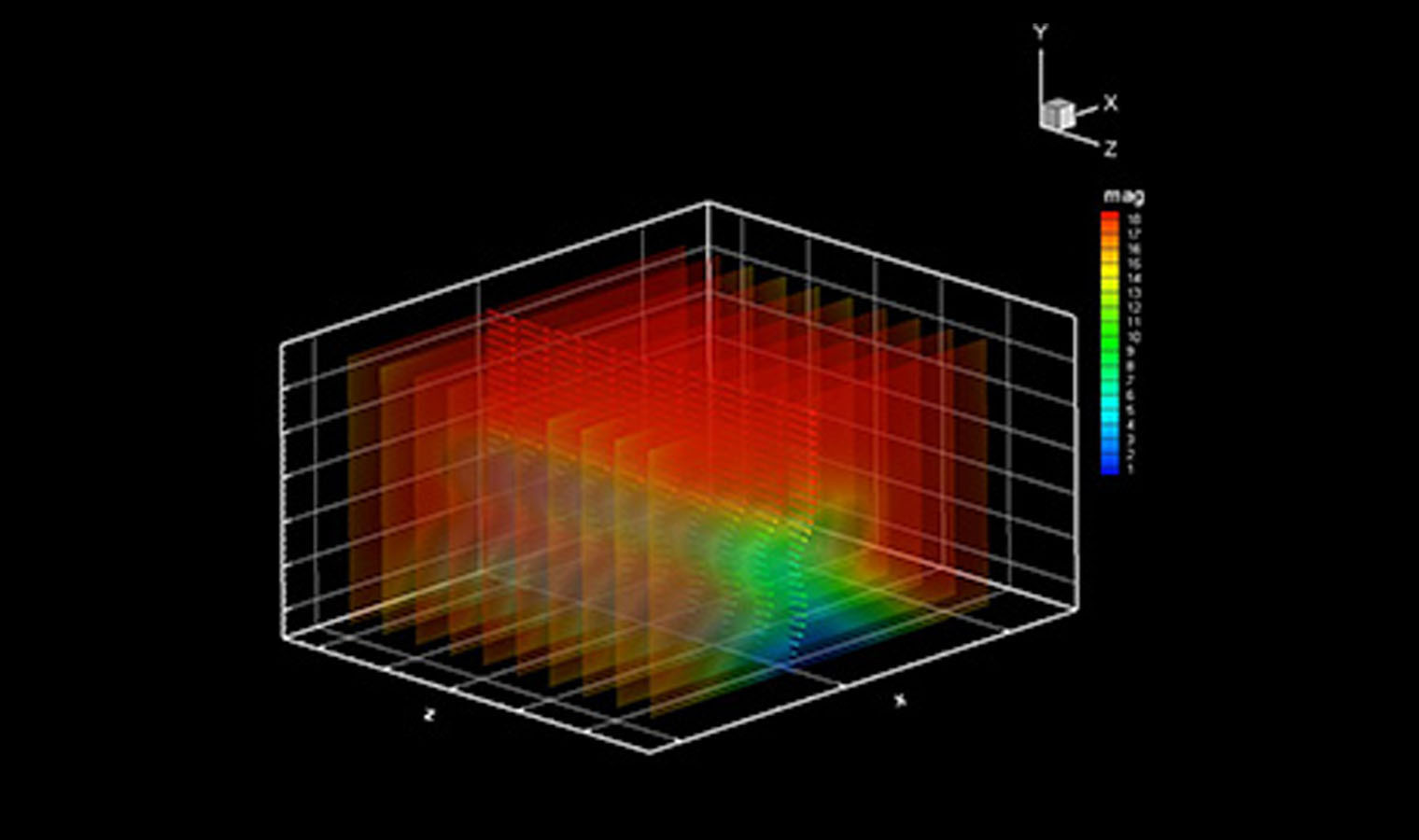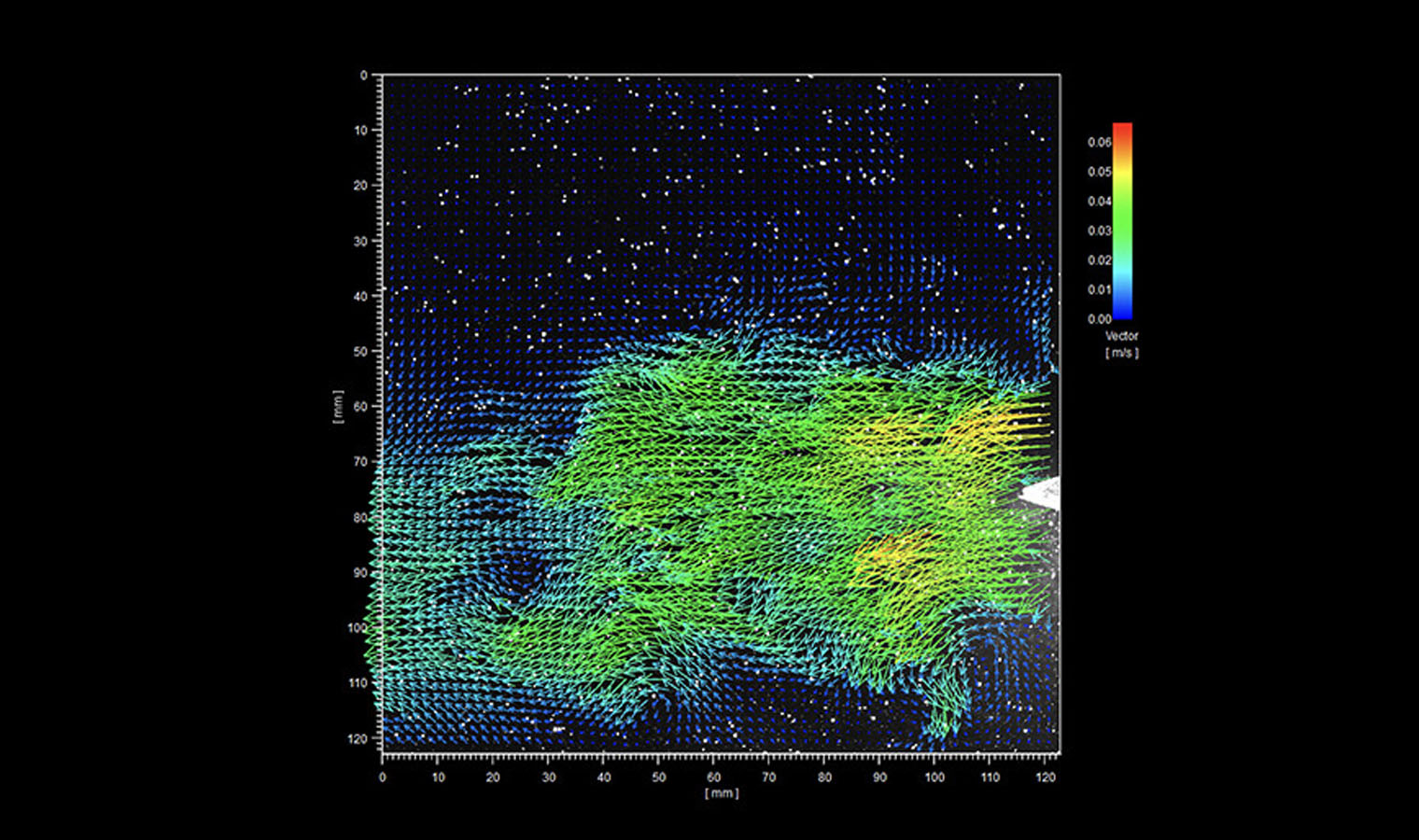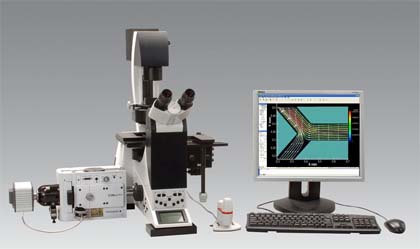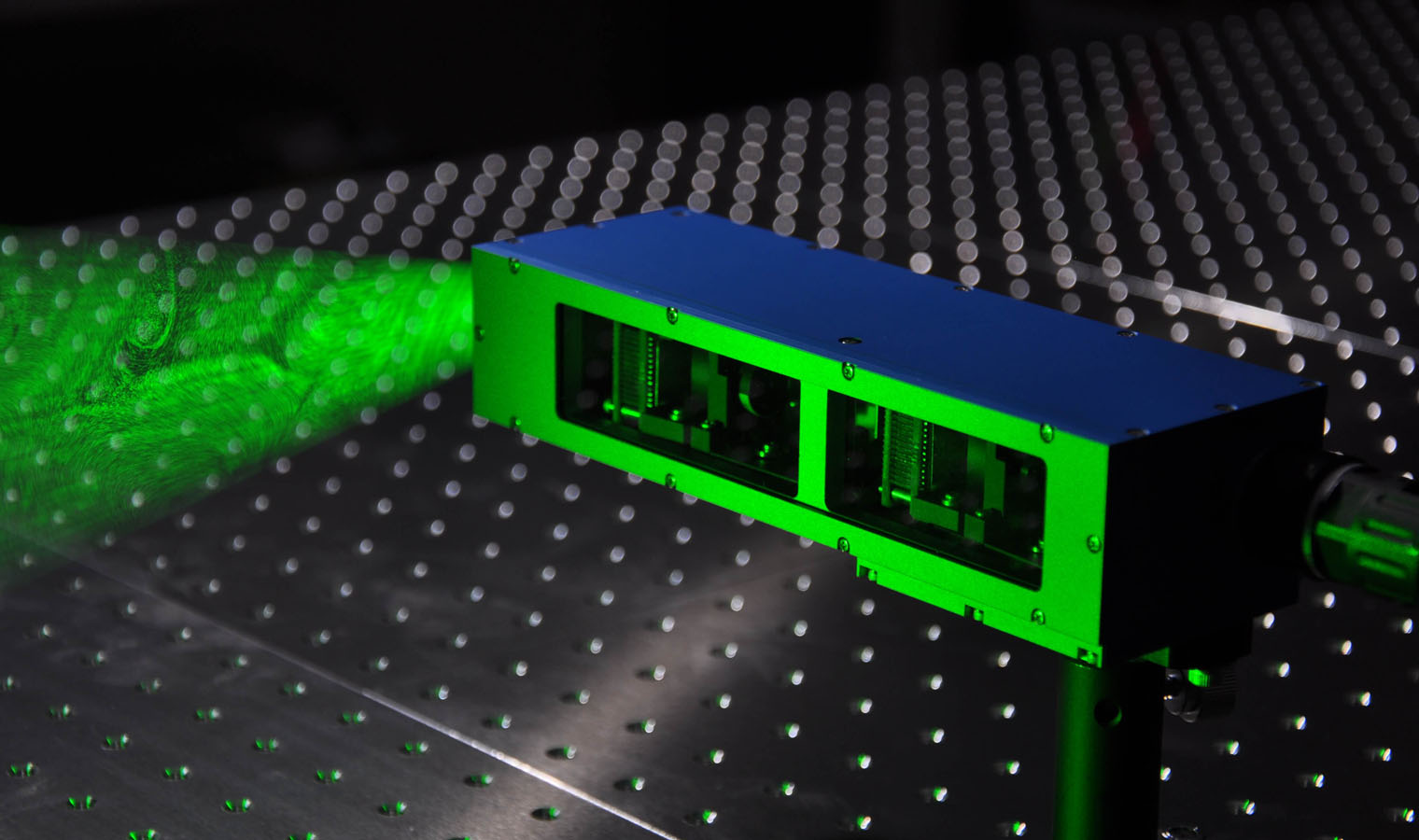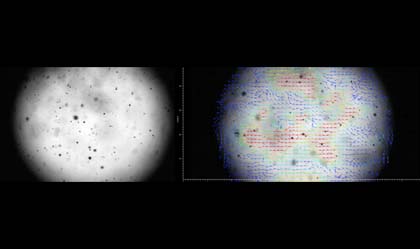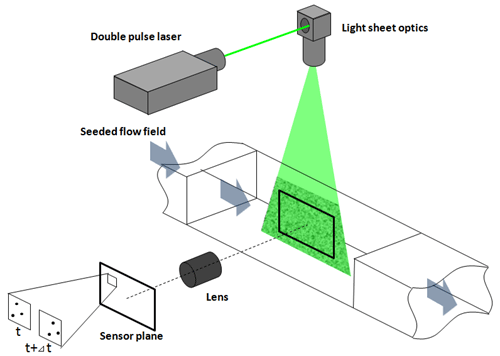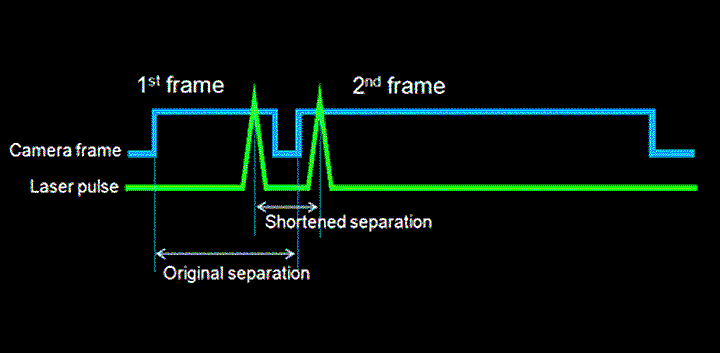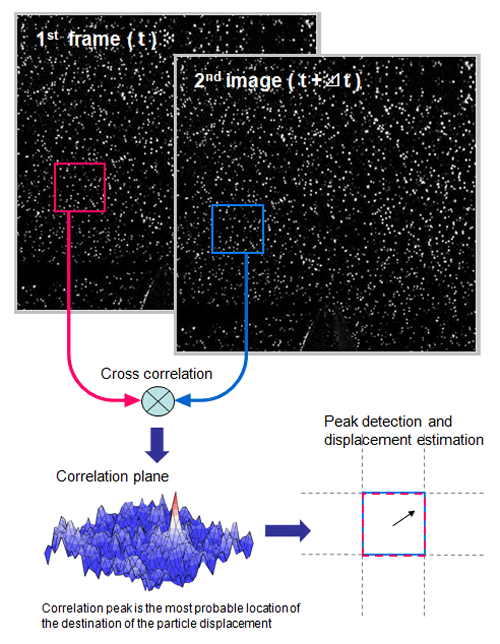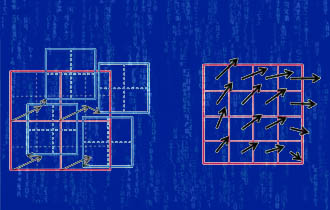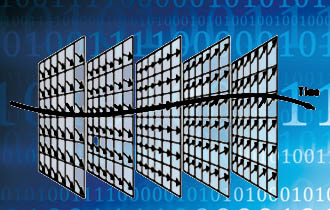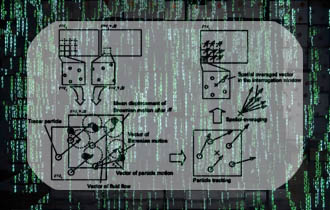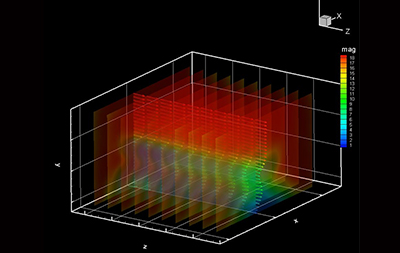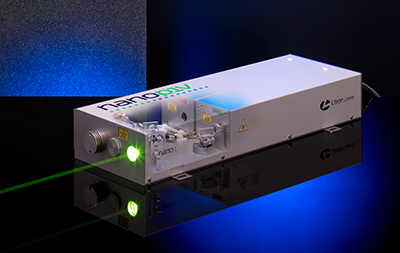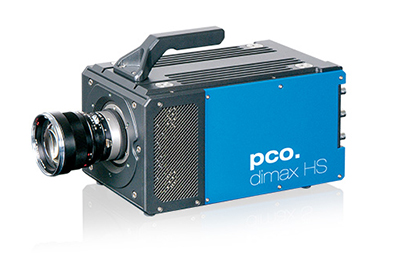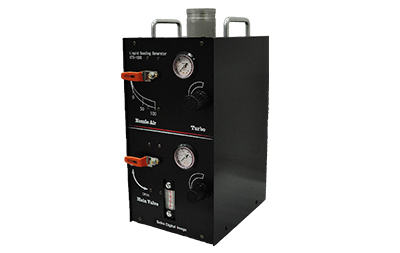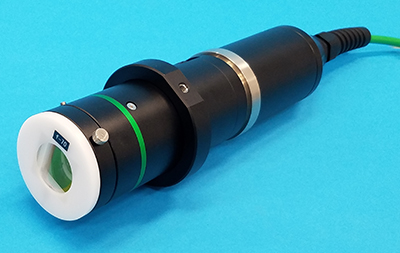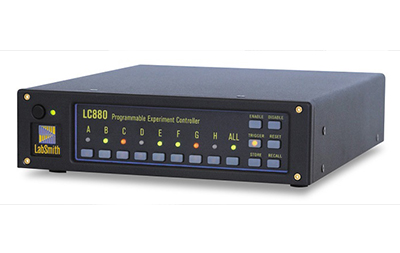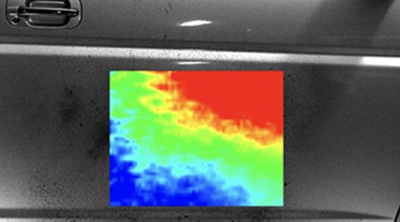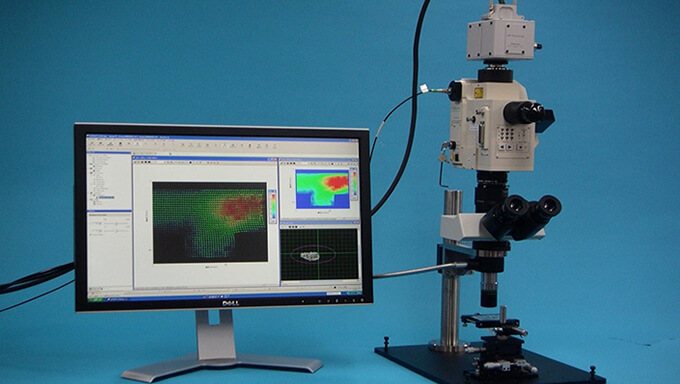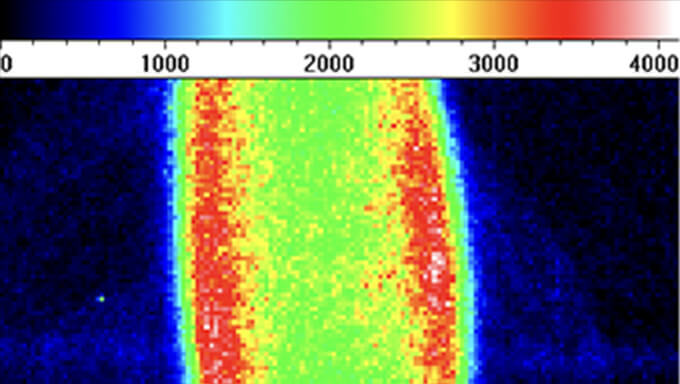- SEIKA Digital Image Corporation.
- Measurement
- PIV ( Particle Image Velocimetry ) | Overview & Principle
PIV ( Particle Image Velocimetry ) | Overview & Principle.
PIV(Particle Image Velocimetry) is
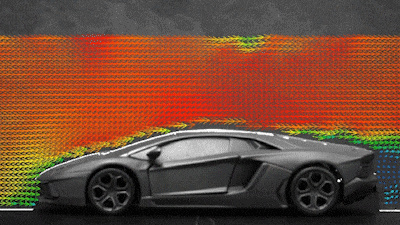
PIV ( Particle Image Velocimetry ) is an imaging technique to measure the velocity distribution within the plane defined by the laser light sheet. It is widely used in various fluid dynamic researches.
PIV is a measurement technique applying a visualization method that can display velocity vectors mainly two-dimensionally.
Sheet-shaped laser light is continuously irradiated to particles staying in a certain space twice in a very short period of time, and the range within the sheet is photographed at the same timing as the laser by a high-sensitivity camera, whereby continuous We will acquire two particle group images.
By analyzing particles in the same area (interrogation window) of this image by PIV proprietary algorithm (cross correlation), it is possible to acquire two-dimensional data representing velocity vector.
PIV can also acquire 2-dimensional 3-component (2D3C) data by using stereo shooting as well as two-dimensional data (2D3C).
Feature of Our PIV System
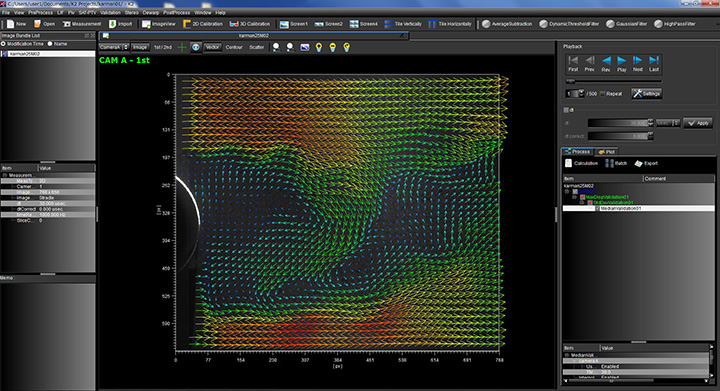
- We can complete from measurement to analysis on the same software with Koncerto II dedicated PIV control and analysis software developed with Saika digital image.
- The PIV analysis algorithm employs state-of-the-art deformation correlation developed at the German Aeronautics and Space Administration (DLR), enabling high-precision PIV analysis.
- Various lasers and cameras (high resolution camera, high speed camera) can be selected according to the measurement object and control by Koncerto II is possible.
- PIV measurement of various applications such as large scale PIV, time series PIV, micro PIV, millimeter scale PIV is possible.
PIV Variation
2D-PIV and Stereo 3D-PIV Data format
Both PIV results are the same flow; Free jet from the 100 mm x 100 mm square nozzle. The dashed line on the 2D-PIV data corresponds to the measurement plane of the Stereo 3D-PIV.
2D2C ( 2 Dimensions 2 Components)
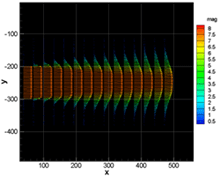
2D3C ( 2 Dimensions 3 Components)
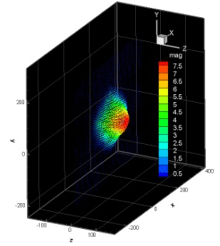
Software "Koncerto"
The Koncerto series is an integrated PIV software combining high level system control performance and advanced analysis capability. It supports a wide range of measuring cameras, lasers and peripheral equipment, and it is designed as a platform for laser measurement and imaging measurement like PIV and PLIF.
We support a wide range of measuring cameras, lasers and peripherals, and it is designed as a platform for laser measurement and imaging measurement such as PIV and PLIF.
Algorithms include state-of-the-art deformation correlations developed at the German Aeronautics and Space Administration (DLR) as well as time series PIVs that can accurately analyze periodicity and also have temporal interpolation functions The PIV algorithm, SAT-PTV which eliminates the influence of Brownian motion without time averaging with micro PIV and enables time series analysis is also available.
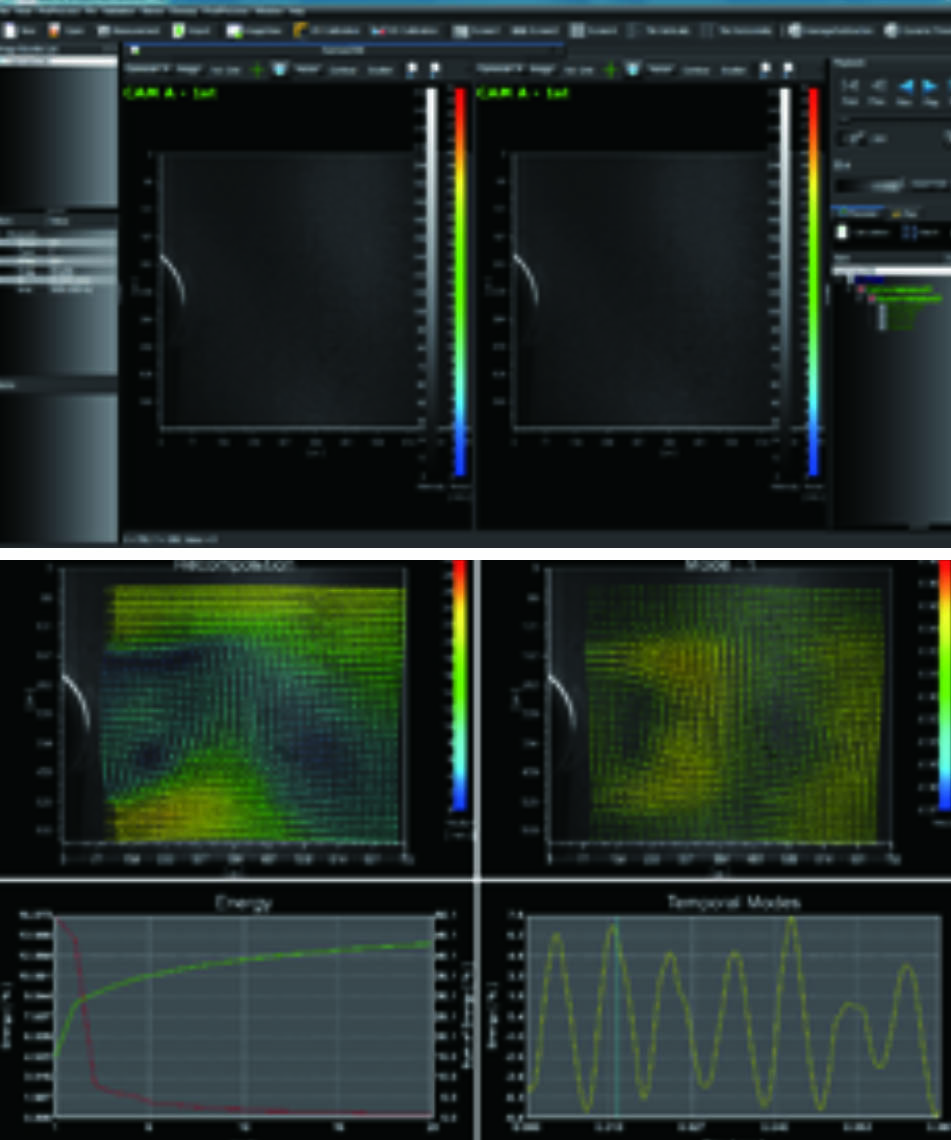
- It is a structure that can support various imaging measurements including PIV analysis and PLIF analysis.
- It is possible to control various types of cameras including high sensitivity camera and high speed camera.
- Complex processing combining double correlation and phase filter etc. is performed for all image deformation matrices by the central difference method. It is a high performance algorithm capable of high speed processing.
- Equipped with FD4 correlation for time series PIV
- Equipped with SAT-PTV algorithm for micro PIV
- Equipped with phase filter for PIV image
- In Koncerto II, distributed processing functions by multiple PCs connected by LAN are prepared as options.
- Automatic analysis function (split function)
- Δt automatic correction function (option) It is a function to guarantee high accuracy with measurement requiring a very small Δt, such as ultra high-speed flow and high-speed flow of minute scale.
Principle of PIV
PIV is one of the so-called Time of Flight (TOF) measurement techniques. The basic principle of the PIV is that a laser light sheet is used to illuminate the flow field which is seeded with small particles to visualize a flow to be measured. A double pulse YAG laser and a double shutter camera are synchronized to record two particle images with very short time separation, typically less than 100 us.Here, we will introduce the analysis from the image recording to its analysis and its algorithm.
Frame straddling ( Continuous shooting )
PIV requires two particle images with very short time separation typically less than 100 micro seconds. The frame straddling technique enables to record two images with time separation of down to 100 nanoseconds. A double pulse laser and a double shutter camera are synchronized by the timing controller. Since the double pulse laser has two laser heads which can be operated independently, actual limitation is the length of dead time between two frames of the double shutter camera.
Displacement and velocity evaluation
Once the images are successfully recorded, the next step is the PIV analysis. The images are divided into small search areas, typically 32 x 32 pixels. These small search areas are called interrogation windows. The cross correlation is applied to these interrogation windows for both two images to obtain the correlation plane for each interrogation window. The location of the interrogation windows in both images are same (In the Standard FFT cross correlation, the interrogation windows are shifted in the advanced algorithms).Then the peak detection and displacement evaluation are applied to obtain the dominant displacement in each interrogation window. As the size of a pixel in flow and the time separation between two images are known, the velocity can be calculated. The size of a pixel in flow is determined by the simple velocity calibration.
Analysis algorithm
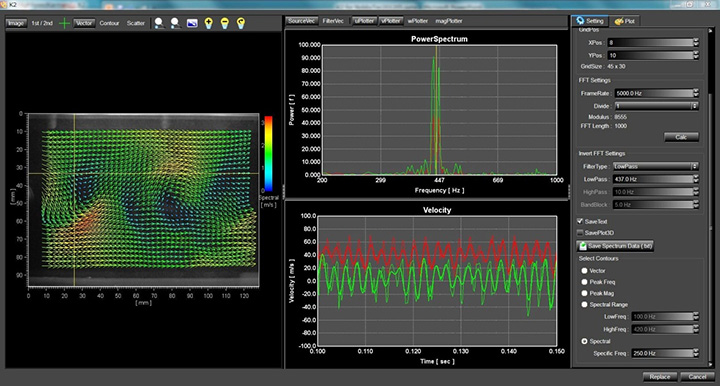
The PIV analysis algorithm employs state-of-the-art deformation correlation developed at the German Aeronautics and Space Administration (DLR), enabling high-precision PIV analysis.
In addition, as post processing, it corresponds to time series PIV dedicated algorithm (FD 4), POD analysis, vorticity display, etc. developed at Tokyo Institute of Technology's Miyauchi · Shop Bridge Laboratory.
More Information about algorithm
Applications
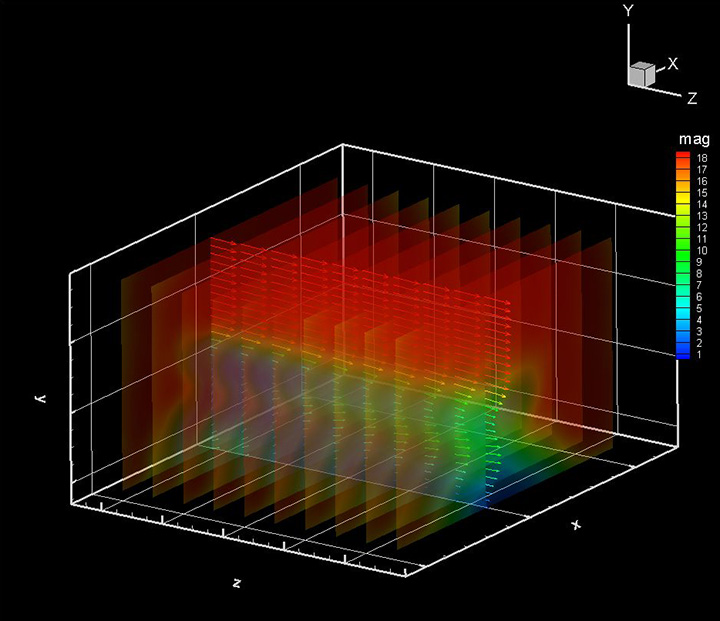
- Various wind tunnel / Tank experiment
- Engine, Combustor
- Fan, Turbine, Rotating machine
- Fuel cell stack
- Clean room, Indoor flow
- Spraying, spraying
- Sports fluid
- Blood flow
- Micro TAS
